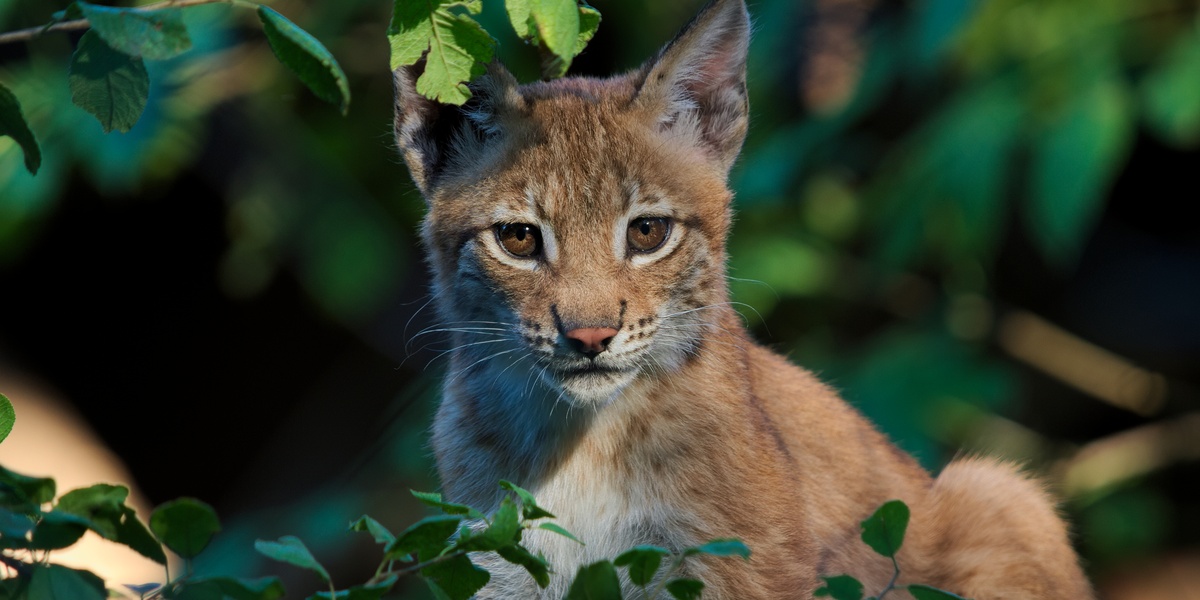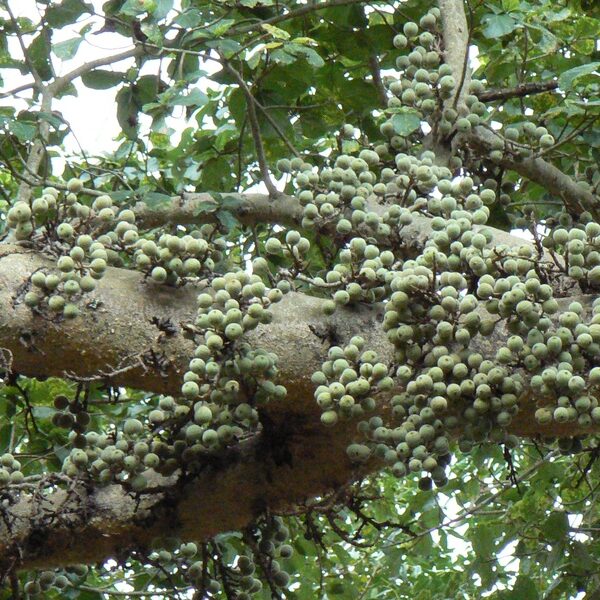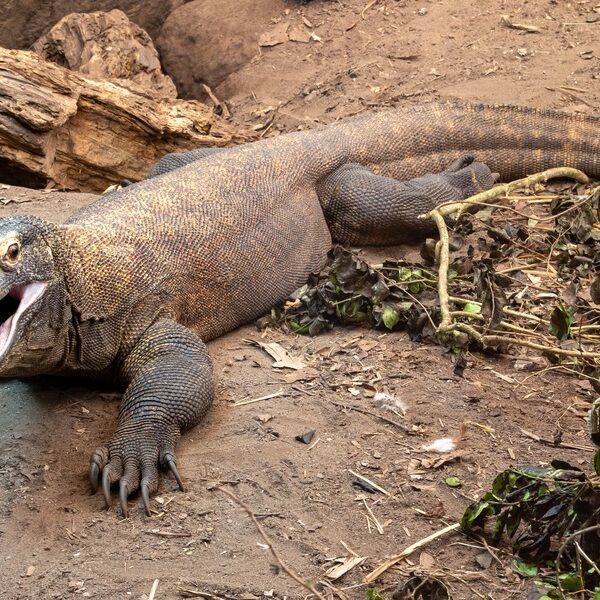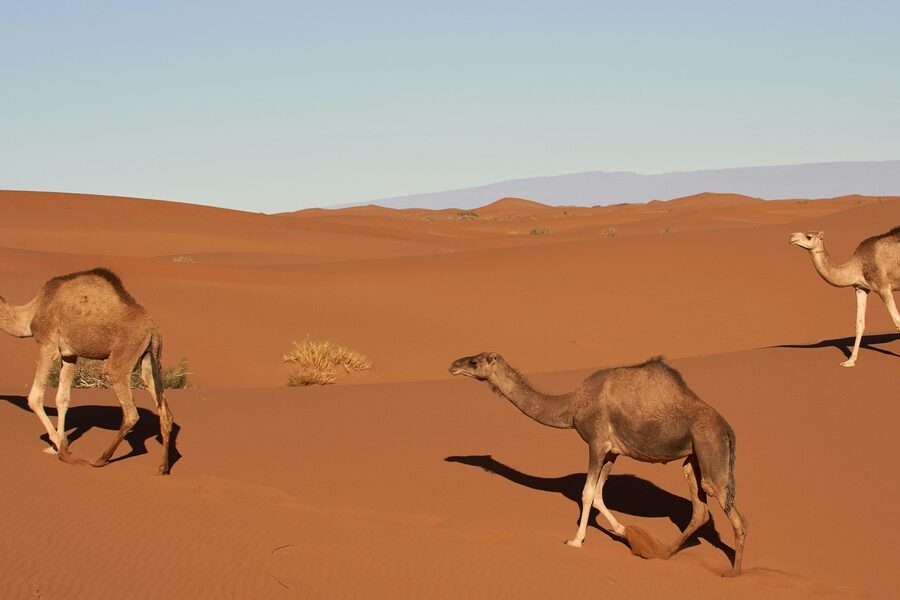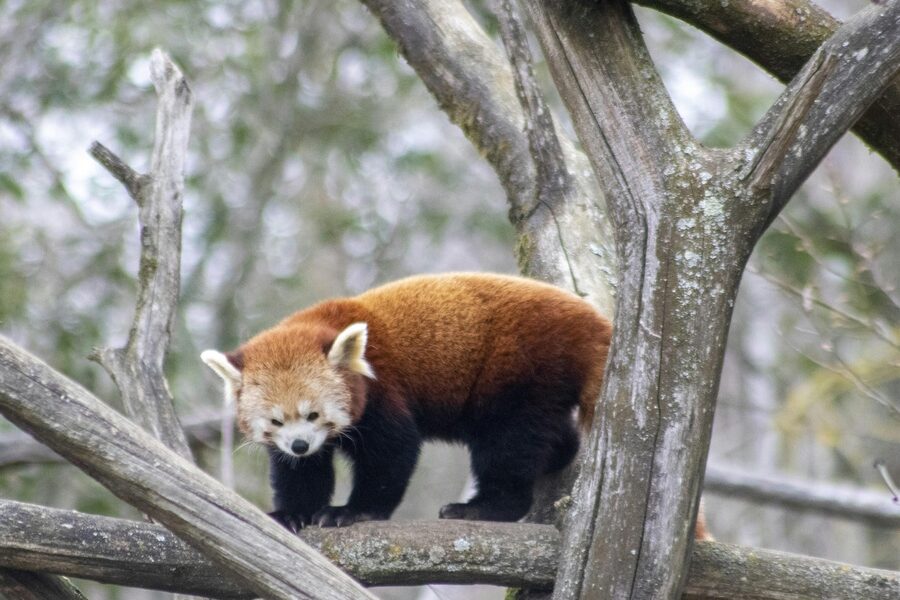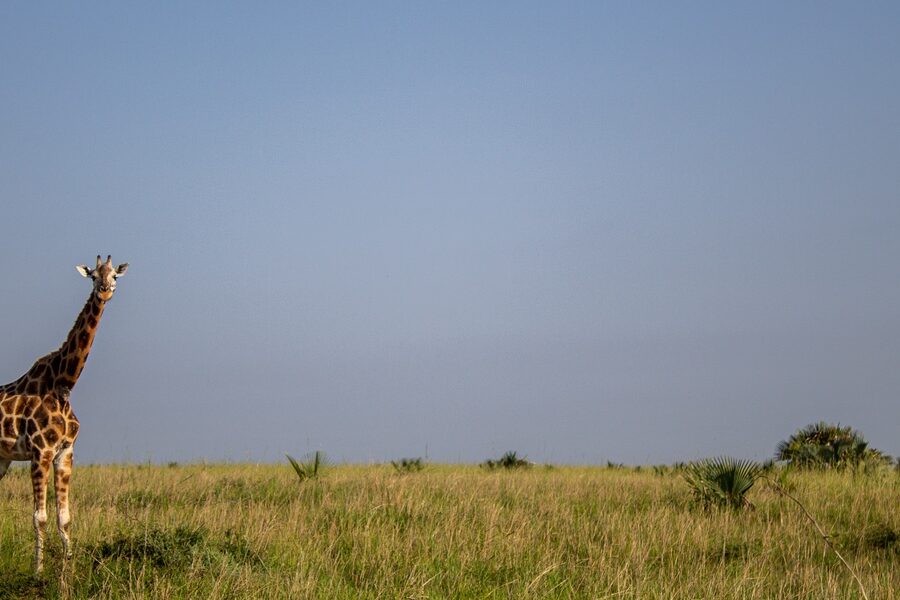From the frozen taiga to temperate woodlands and mountain ranges, Eurasia supports a wide mix of mammals, birds and other wildlife shaped by long histories of climate and terrain. Exploring these animals reveals both common species and those found only in specific corners of the continent.
There are 58 Eurasian Animals, ranging from Amur Leopard to Wolverine. For each entry, you’ll find below information organized with Scientific name,Range,Size (cm) & IUCN status so you can compare distribution, identification and conservation at a glance — you’ll find below.
Which animals on the list are most at risk?
Look at the IUCN status column to identify threatened species: some are Critically Endangered or Endangered, while others are Vulnerable or Near Threatened. The list highlights those conservation categories so you can quickly spot high-priority species and regional concerns.
How can I use the columns to find species by location or size?
Use the Range field to narrow species by country, region or habitat, the Size (cm) column to help with identification in the field, and the Scientific name for precise research or cross-referencing with conservation sources.
Eurasian Animals
| Name | Scientific name | Range | Size (cm) & IUCN status |
|---|---|---|---|
| Brown Bear | Ursus arctos | Across Europe, Russia, Central Asia, and parts of the Middle East and East Asia | 140-280; LC |
| Gray Wolf | Canis lupus | Widespread across Europe and Asia | 105-160; LC |
| Siberian Tiger | Panthera tigris altaica | Russian Far East, Northeast China | 270-330; EN |
| Giant Panda | Ailuropoda melanoleuca | Central China’s temperate forests | 120-190; VU |
| Snow Leopard | Panthera uncia | Mountain ranges of Central and South Asia | 90-120; VU |
| Red Fox | Vulpes vulpes | Throughout Eurasia | 58-90; LC |
| Eurasian Lynx | Lynx lynx | Europe, Siberia, Central Asia | 80-130; LC |
| Saiga Antelope | Saiga tatarica | Central Asia (Kazakhstan, Russia, Mongolia) | 100-140; CR |
| European Bison | Bison bonasus | Poland, Belarus, Russia (reintroduced) | 210-350; NT |
| Wild Boar | Sus scrofa | Widespread across Eurasia | 90-200; LC |
| Reindeer | Rangifer tarandus | Northern Eurasia (Scandinavia, Siberia) | 160-210; VU |
| Moose | Alces alces | Northern Eurasia (Scandinavia, Russia) | 240-310; LC |
| Wolverine | Gulo gulo | Northern Eurasia (Scandinavia, Siberia) | 65-105; LC |
| Pallas’s Cat | Otocolobus manul | Central Asia | 46-65; LC |
| Orangutan | Pongo pygmaeus | Borneo and Sumatra (Southeast Asia) | 125-150; CR |
| Japanese Macaque | Macaca fuscata | Japan | 50-60; LC |
| Red Panda | Ailurus fulgens | Eastern Himalayas and southwestern China | 50-65; EN |
| Golden Eagle | Aquila chrysaetos | Across Eurasia | 180-230; LC |
| White Stork | Ciconia ciconia | Europe, Western Asia | 200-245; LC |
| Eurasian Eagle-Owl | Bubo bubo | Across Europe and Asia | 130-188; LC |
| Atlantic Puffin | Fratercula arctica | North Atlantic coasts (Iceland, Norway, UK) | 47-63; VU |
| Indian Peafowl | Pavo cristatus | Indian subcontinent | 180-230; LC |
| Komodo Dragon | Varanus komodoensis | Indonesian islands of Komodo, Rinca, Flores | 200-300; EN |
| King Cobra | Ophiophagus hannah | South and Southeast Asia | 300-400; VU |
| Beluga Sturgeon | Huso huso | Caspian Sea and Black Sea basins | 300-700; CR |
| Wels Catfish | Silurus glanis | Central and Eastern Europe | 150-250; LC |
| Japanese Giant Salamander | Andrias japonicus | Japan | 60-150; NT |
| Przewalski’s Horse | Equus ferus przewalskii | Mongolia, China (reintroduced) | 210; EN |
| Eurasian Beaver | Castor fiber | Across Europe and Northern Asia | 80-100; LC |
| Mute Swan | Cygnus olor | Across temperate Eurasia | 140-160; LC |
| Dalmatian Pelican | Pelecanus crispus | Southeast Europe to China | 260-345; NT |
| Hoopoe | Upupa epops | Widespread in Europe and Asia | 44-48; LC |
| Siberian Crane | Leucogeranus leucogeranus | Siberia (winters in China) | 140; CR |
| Common European Viper | Vipera berus | Widespread across Europe and Asia | 60-80; LC |
| Saltwater Crocodile | Crocodylus porosus | Southeast Asia, Northern Australia | 400-600; LC |
| Fire Salamander | Salamandra salamandra | Central and Southern Europe | 15-25; LC |
| European Eel | Anguilla anguilla | Rivers of Europe and North Africa | 60-80; CR |
| Giant Asian Hornet | Vespa mandarinia | East and Southeast Asia | 4.5; NE |
| Stag Beetle | Lucanus cervus | Western and Southern Europe | 5-9; NT |
| Peacock Butterfly | Aglais io | Europe and temperate Asia | 5.5-6.5; NE |
| Bactrian Camel | Camelus bactrianus | Central Asian steppes | 300-350; CR |
| Arctic Fox | Vulpes lagopus | Arctic regions of Eurasia | 75-100; LC |
| European Hedgehog | Erinaceus europaeus | Western and Central Europe | 20-30; LC |
| Malayan Tapir | Tapirus indicus | Southeast Asia (Sumatra, Malay Peninsula) | 180-250; EN |
| Amur Leopard | Panthera pardus orientalis | Russian Far East, Northeast China | 100-130; CR |
| Iberian Lynx | Lynx pardinus | Iberian Peninsula (Spain, Portugal) | 85-110; VU |
| Markhor | Capra falconeri | Mountains of Central Asia | 140-180; NT |
| Dhole | Cuon alpinus | Central, South, and Southeast Asia | 90; EN |
| Capercaillie | Tetrao urogallus | Northern Eurasia | 100-115; LC |
| Great Bustard | Otis tarda | Central/Southern Europe and temperate Asia | 120-150; VU |
| Lammergeier | Gypaetus barbatus | Mountainous regions of Europe, Asia, Africa | 230-280; NT |
| Baikal Seal | Pusa sibirica | Lake Baikal, Russia | 110-140; LC |
| Asiatic Black Bear | Ursus thibetanus | Across Asia | 120-190; VU |
| Mandarin Duck | Aix galericulata | East Asia (winters in China/Japan) | 41-49; LC |
| Demoiselle Crane | Grus virgo | Central Eurasia | 85-100; LC |
| Atlas Moth | Attacus atlas | Southeast Asia | 25-30; NE |
| Japanese Rhinoceros Beetle | Allomyrina dichotoma | Japan, China, Korea | 4-8; NE |
| Praying Mantis | Mantis religiosa | Southern Europe, Asia | 5-7.5; NE |
Images and Descriptions
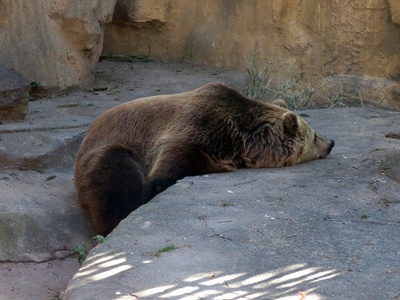
Brown Bear
This large bear is an iconic omnivore found in forests and mountains across the Northern Hemisphere. Its diet is incredibly varied, from berries and roots to fish and large mammals, making it a formidable apex predator.
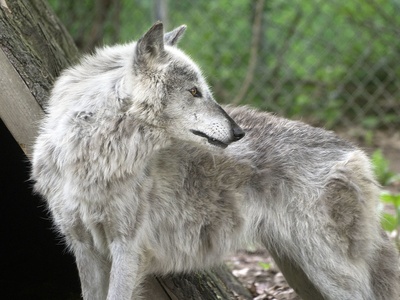
Gray Wolf
A highly social canid that lives and hunts in complex packs. Gray wolves are adaptable predators found in habitats from arctic tundra to dense forests, known for their howling communication and crucial role in balancing ecosystems.
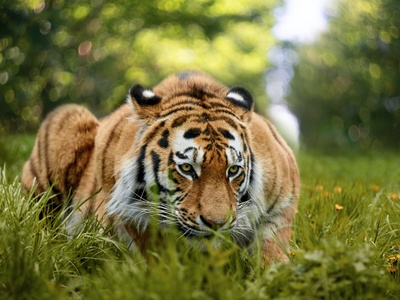
Siberian Tiger
The world’s largest cat, this majestic predator roams the snowy forests of Siberia. It is a solitary hunter with a massive territory, preying on large animals like wild boar and deer. Conservation efforts are critical to its survival.
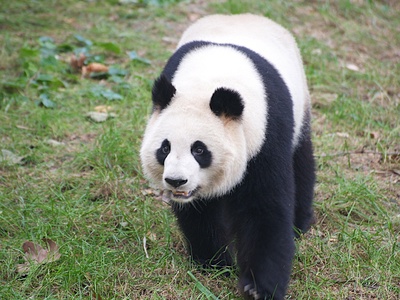
Giant Panda
A beloved symbol of conservation, the Giant Panda is a bear native to the bamboo forests of China. Despite being a carnivore by classification, its diet is over 99% bamboo, requiring it to eat for most of the day.
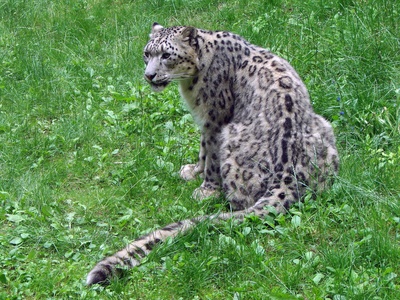
Snow Leopard
Known as the “ghost of the mountains,” this elusive cat is perfectly adapted to cold, high-altitude environments. Its thick, smoky-gray coat and long tail provide camouflage and balance while hunting wild sheep and goats on rocky terrain.
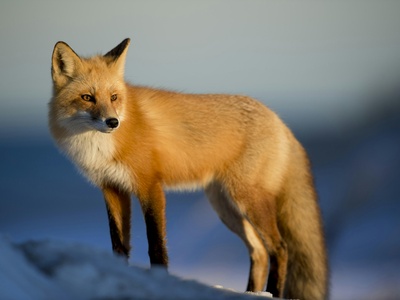
Red Fox
One of the most widespread and adaptable carnivores, the red fox thrives in habitats from forests to urban centers. It is a clever, opportunistic hunter with a varied diet, known for its bushy tail and reddish-brown fur.
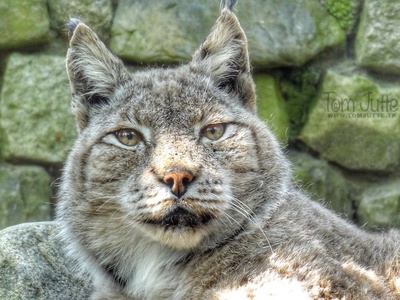
Eurasian Lynx
A medium-sized wild cat recognized by its long ear tufts, short tail, and large paws that act like snowshoes. It is a secretive forest dweller that primarily hunts deer, foxes, and other medium-sized mammals and birds.
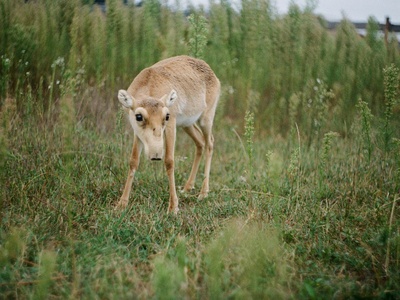
Saiga Antelope
This critically endangered antelope is famous for its unique, trunk-like nose that warms and filters frigid air. It roams the vast, arid steppes in large herds, a relic of the ice age struggling to survive modern threats.
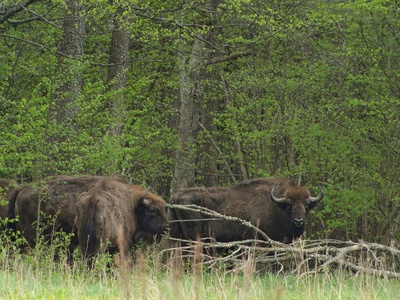
European Bison
Europe’s heaviest land animal, the European Bison, or Wisent, was once extinct in the wild. Thanks to successful breeding programs, it now roams ancient forests, browsing on vegetation and playing a key role as an ecosystem engineer.
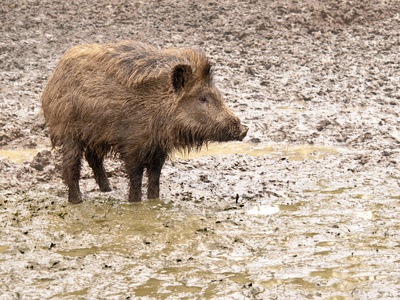
Wild Boar
The wild ancestor of the domestic pig, this powerful and intelligent animal is found in woodlands across Eurasia. It uses its tough snout to root for food like nuts, roots, and small animals, adapting easily to many environments.
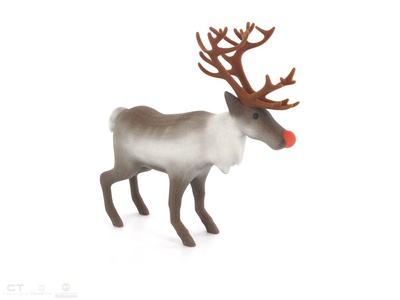
Reindeer
This is the only deer species where both sexes typically grow antlers. It is uniquely adapted to Arctic and subarctic environments, undertaking long migrations across the tundra to find food and escape harsh weather.
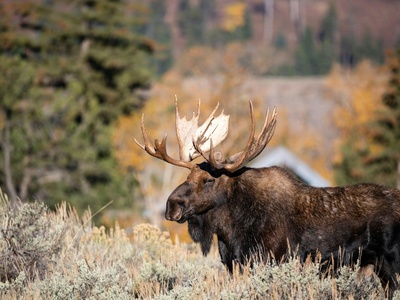
Moose
The largest species in the deer family, the moose (called elk in Europe) is distinguished by the massive, palmate antlers of the males. It inhabits boreal and temperate forests, feeding on aquatic plants and woody vegetation.
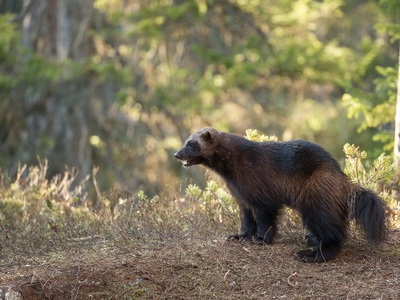
Wolverine
Renowned for its disproportionate strength and ferocity, the wolverine is a stocky, muscular carnivore. It is a solitary animal that travels vast distances over snow and rugged terrain in cold, northern climates, scavenging and hunting various prey.
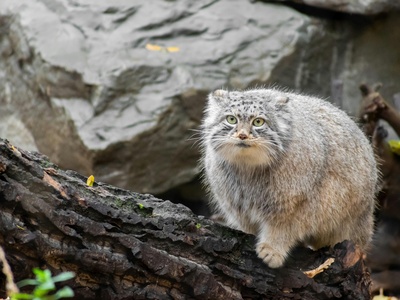
Pallas’s Cat
Also known as the manul, this small wild cat is famous for its flattened face, low-set ears, and incredibly dense fur. It lives in the cold, arid grasslands and rocky steppes of Central Asia, where it hunts rodents and pikas.
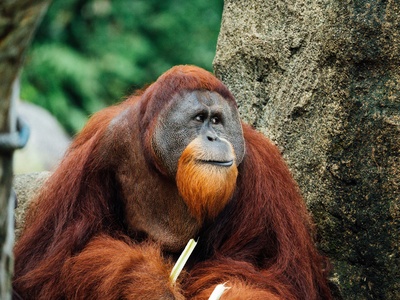
Orangutan
The world’s largest tree-dwelling mammal, the “person of the forest” is known for its long arms and shaggy reddish-brown hair. These highly intelligent great apes face critical threats from habitat loss due to deforestation for palm oil.

Japanese Macaque
Also called the snow monkey, this is the most northern-living primate (besides humans). It is famous for its unique behavior of bathing in volcanic hot springs to cope with the cold winter temperatures in the mountains of Japan.
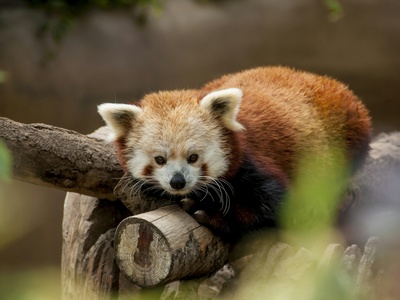
Red Panda
Not a true bear or panda, this unique mammal is in a family of its own. With its thick reddish-brown fur and long, ringed tail, it is a master climber, spending most of its life in trees feeding primarily on bamboo.
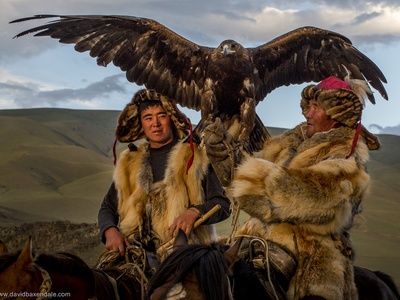
Golden Eagle
A powerful bird of prey, the Golden Eagle is one of the world’s best-known raptors. It inhabits open and mountainous country, using its incredible speed and sharp talons to hunt mammals like rabbits, marmots, and even small deer.
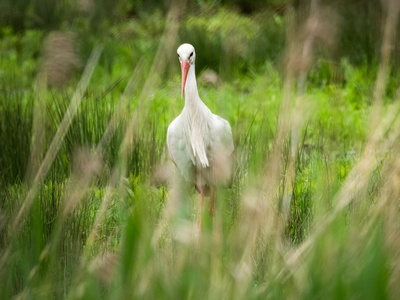
White Stork
A large, iconic white bird with black flight feathers and a long red bill. It is famous for building large stick nests on rooftops and is often seen as a symbol of good luck, undertaking long migrations to Africa for winter.
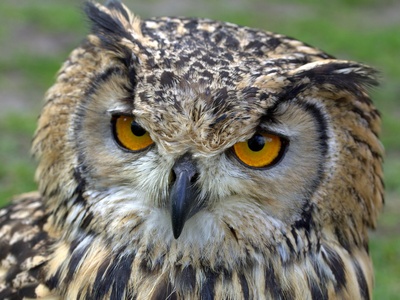
Eurasian Eagle-Owl
One of the largest owls in the world, this formidable nocturnal predator has prominent ear tufts and striking orange eyes. It can take a wide variety of prey, from small rodents to foxes and even young deer, in its vast territory.
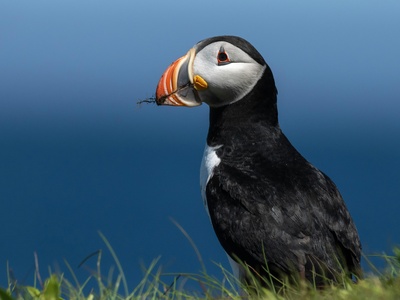
Atlantic Puffin
Known as the “clown of the sea” for its brightly colored beak, the puffin is a seabird that spends most of its life at sea. It comes ashore to breed in large, noisy colonies on coastal cliffs and islands, nesting in burrows.
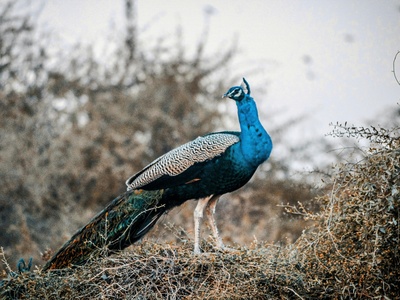
Indian Peafowl
The male, known as a peacock, is celebrated for its spectacular iridescent tail feathers, which it fans out during elaborate courtship displays. This large and colorful bird is the national bird of India, found in forests and cultivated areas.
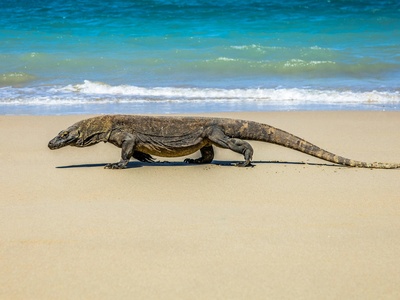
Komodo Dragon
The world’s largest lizard, the Komodo dragon is an apex predator capable of taking down prey as large as water buffalo. It uses a combination of powerful legs, sharp claws, and a venomous bite to hunt its victims.
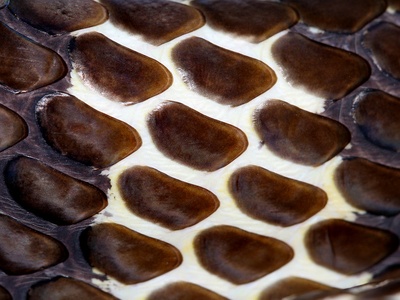
King Cobra
The world’s longest venomous snake, the King Cobra is unique in that it primarily preys on other snakes. It can raise the front third of its body off the ground, displaying a narrow hood when threatened and making an intimidating growl.
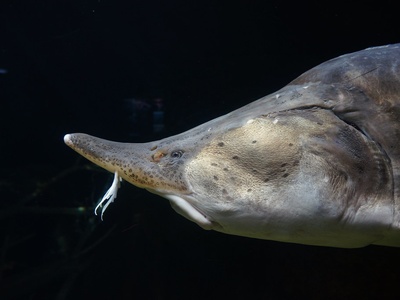
Beluga Sturgeon
A massive, prehistoric fish famous as the source of beluga caviar. It is one of the largest freshwater fish in the world but is now critically endangered due to overfishing and the damming of the rivers where it must travel to spawn.
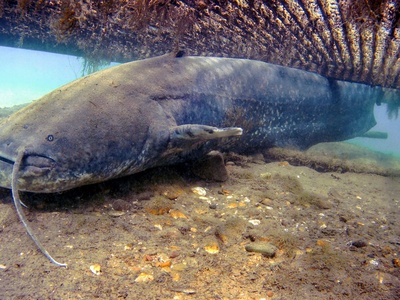
Wels Catfish
Europe’s largest freshwater fish, this scaleless predator inhabits slow-moving rivers and lakes. It is a nocturnal hunter with a huge mouth, using its long barbels to detect prey like fish, frogs, and even waterfowl in the murky depths.

Japanese Giant Salamander
One of the world’s largest amphibians, this fully aquatic salamander lives in cool, fast-flowing mountain streams. It is a nocturnal predator with poor eyesight, relying on a keen sense of smell to find fish and crustaceans on the riverbed.
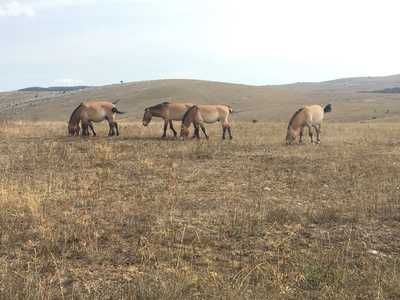
Przewalski’s Horse
The last truly wild horse, this species was once extinct in the wild. Through captive breeding and reintroduction programs, small herds now roam the steppes of Central Asia again. It is stockier and smaller than most domestic horses.
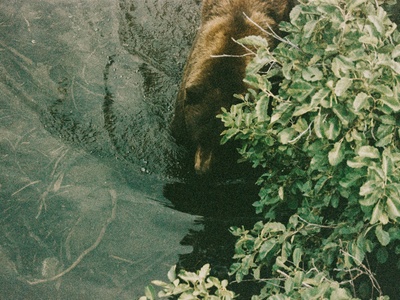
Eurasian Beaver
A large, semi-aquatic rodent known for building dams and lodges that create valuable wetland habitats. Once hunted to near-extinction for its fur, reintroduction efforts have seen this keystone species make a successful comeback across its former range.
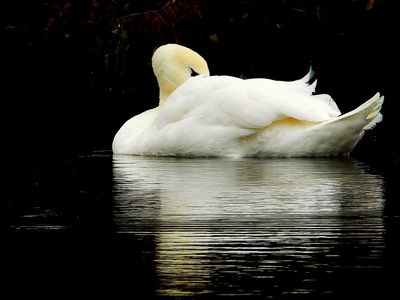
Mute Swan
An elegant and graceful water bird, easily recognized by its white plumage and bright orange bill with a black knob at its base. Though often seen as serene, it can be highly territorial and aggressive when defending its nest or young.
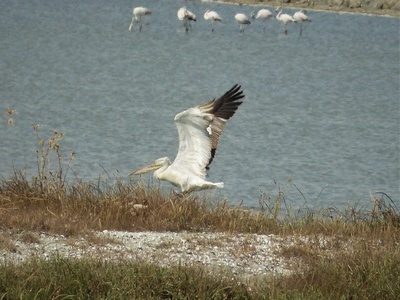
Dalmatian Pelican
One of the world’s largest freshwater birds, the Dalmatian Pelican has shaggy white plumage and a massive bill pouch. It suffered significant declines due to wetland drainage and now depends on conservation action for its survival.
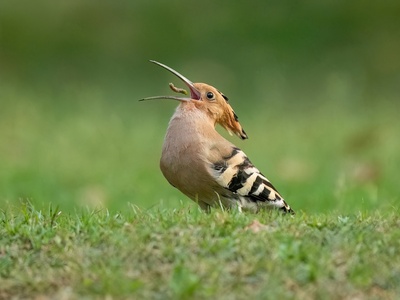
Hoopoe
A strikingly beautiful bird with a pinkish-brown body, black-and-white wings, and a prominent crest it can raise and lower. It probes the ground with its long, thin bill for insects and is known for its distinctive “oop-oop-oop” call.
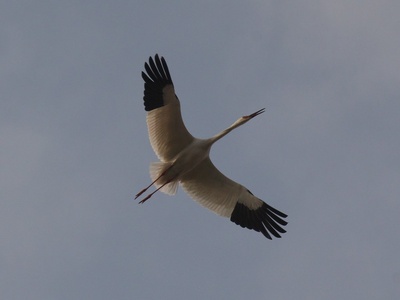
Siberian Crane
Also known as the snow crane, this is one of the most endangered crane species. These large, elegant white birds undertake one of the longest and most difficult migrations of any crane, breeding in the Arctic tundra of Russia.

Common European Viper
Also known as the common adder, this is the most widespread venomous snake in Europe and the only one found within the Arctic Circle. It has a distinctive dark zigzag pattern along its back and generally avoids human contact.
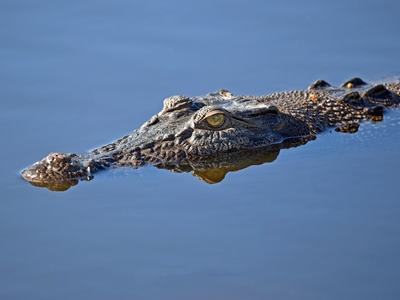
Saltwater Crocodile
The largest living reptile, this formidable predator inhabits coastal rivers, estuaries, and mangrove swamps. It is a powerful ambush hunter, capable of taking down almost any animal that enters its territory, including humans.
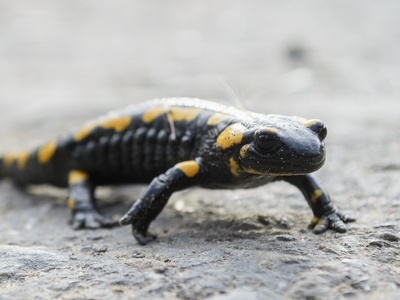
Fire Salamander
A conspicuously colored amphibian with black skin and bright yellow or orange spots. This pattern warns predators that its skin secretes a toxic substance. It is typically found in cool, damp forests near small streams and ponds.
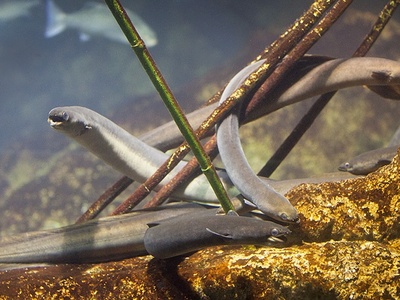
European Eel
This mysterious fish begins life in the Sargasso Sea, drifting as a larva before reaching European rivers to mature. After decades, it undertakes a final, arduous journey back to the sea to spawn and die, a life cycle now severely threatened.
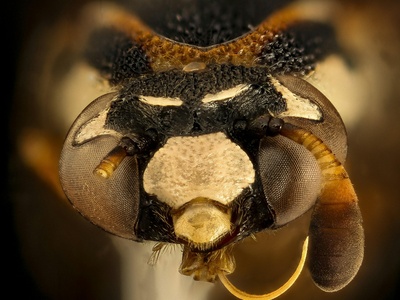
Giant Asian Hornet
The world’s largest hornet, infamous for its potent sting and aggressive nest defense. It is a fearsome predator that can decimate entire honeybee colonies, decapitating the adults to feed their larvae to its own young.
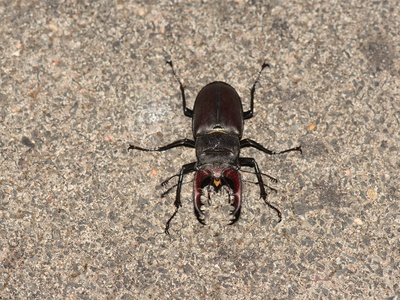
Stag Beetle
One of Europe’s largest and most spectacular insects, named for the male’s massive mandibles that resemble a stag’s antlers. These are used not for eating but for wrestling other males for territory and mating rights.
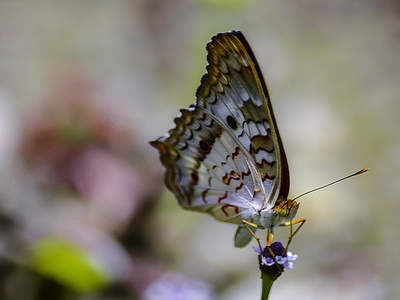
Peacock Butterfly
A common and colorful butterfly, named for the large, striking eyespots on its wings that resemble those on a peacock’s tail. These spots are used to startle or confuse predators like birds when the butterfly suddenly opens its wings.
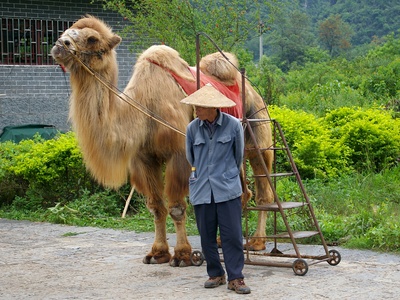
Bactrian Camel
The two-humped camel native to the steppes of Central Asia is critically endangered in the wild, though widely domesticated. Its humps store fat, not water, allowing it to survive extreme temperatures and long periods without food.
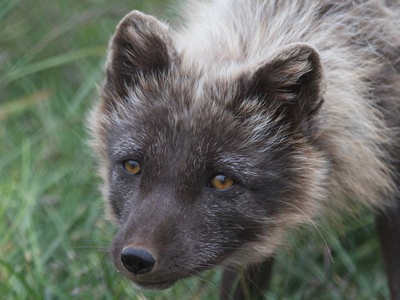
Arctic Fox
Perfectly adapted to life in the frozen north, this small fox has a thick, white winter coat for camouflage and insulation. Its diet is varied, including lemmings, voles, and carrion left by larger predators like polar bears.
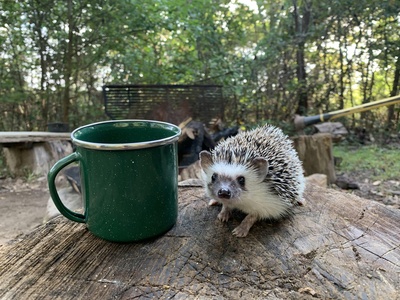
European Hedgehog
A familiar nocturnal mammal often found in gardens and woodlands. When threatened, it rolls into a tight ball, protecting itself with thousands of sharp spines. It hibernates through winter and feeds primarily on insects and slugs.
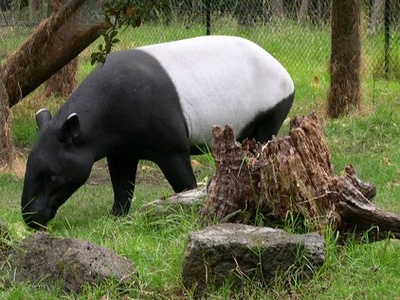
Malayan Tapir
The only tapir native to Asia, it has a distinctive black-and-white pattern that provides camouflage in the moonlight. This solitary herbivore uses its short, prehensile snout to grasp leaves and fruit in the dense rainforest undergrowth.
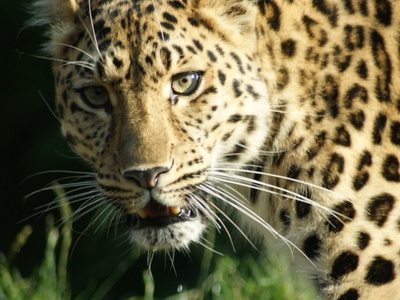
Amur Leopard
One of the rarest big cats in the world, with a wild population of just over 100 individuals. Its thick, pale coat and large rosettes distinguish it from other leopards, helping it survive the harsh winters of its forest habitat.
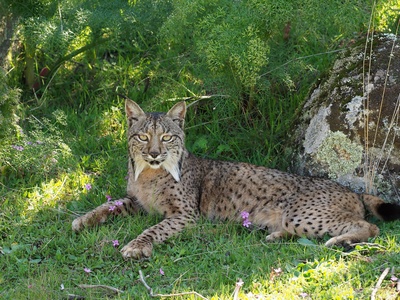
Iberian Lynx
Once the world’s most endangered feline, intensive conservation has brought it back from the brink of extinction. This specialist predator feeds almost exclusively on the European rabbit in the scrublands of Spain and Portugal.
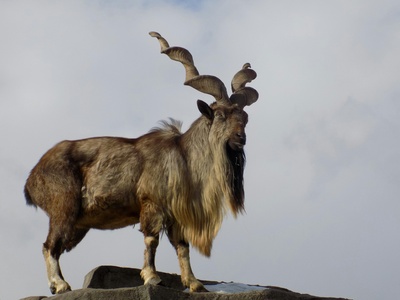
Markhor
A large species of wild goat known for the male’s spectacular, corkscrew-like horns, which can grow over 1.5 meters long. It is an agile climber, inhabiting steep, rugged terrain in the Himalayas and is the national animal of Pakistan.
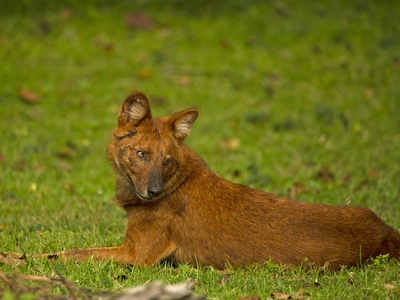
Dhole
An Asiatic wild dog that lives and hunts in large clans. Unlike wolves, dholes do not howl but use a unique whistling sound to communicate while hunting through dense forests. They are formidable cooperative predators.
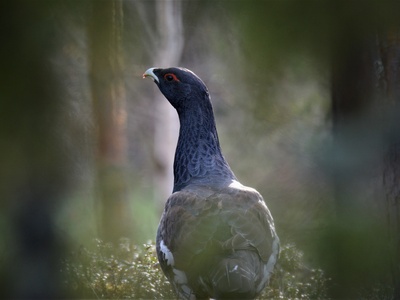
Capercaillie
The world’s largest grouse, the male is known for its spectacular courtship display, or “lek,” where it fans its tail and makes unique gurgling sounds. It inhabits mature coniferous forests, feeding on pine needles and berries.
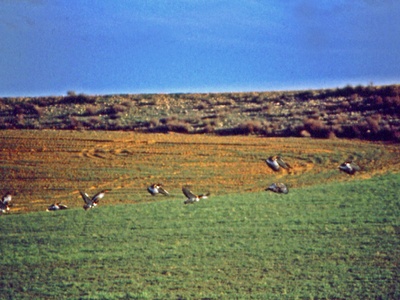
Great Bustard
One of the heaviest flying birds in the world, the Great Bustard lives in open grasslands. Males perform a dramatic courtship display, flipping their wings and inflating a throat sac to appear like a giant white ball.
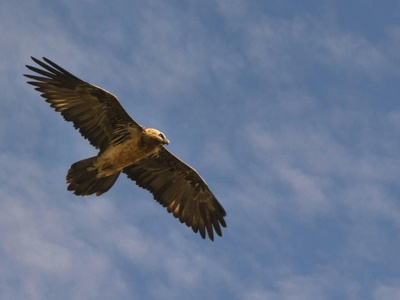
Lammergeier
Also known as the Bearded Vulture, this magnificent bird of prey is unique in that its diet consists almost exclusively of bone. It drops large bones from great heights onto rocks below to shatter them into swallowable pieces.
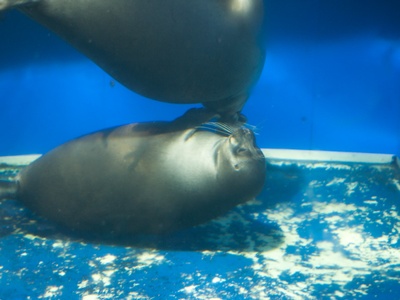
Baikal Seal
The world’s only exclusively freshwater seal, it is found only in the ancient and isolated Lake Baikal in Siberia. How these seals originally came to be in a landlocked lake thousands of kilometers from any ocean remains a scientific mystery.
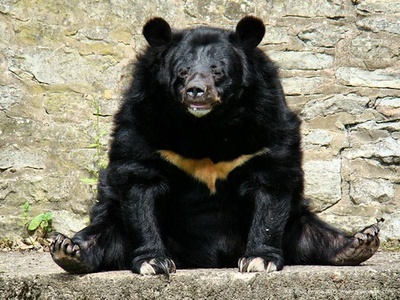
Asiatic Black Bear
Also called the moon bear due to the white, crescent-shaped patch on its chest. It is a skilled climber, often spending time in trees to feed on nuts and fruits. It is threatened by habitat loss and poaching for the bile trade.
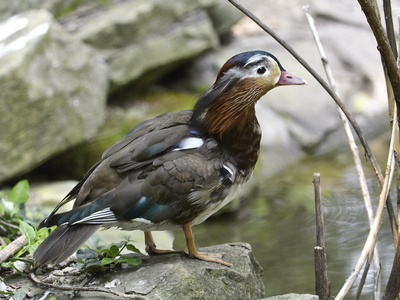
Mandarin Duck
A stunningly ornate perching duck, the male is famous for its multicolored plumage, crest, and orange “sails” on its back. Feral populations, established from escaped birds, are also now common in parts of Europe.
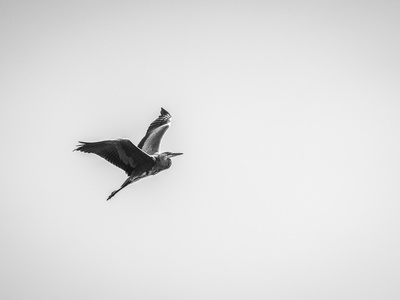
Demoiselle Crane
The smallest crane species, known for its grace and an arduous migration over the Himalayan mountains. Entire flocks must ascend to extreme altitudes, facing predators and harsh weather on their journey to wintering grounds in India.
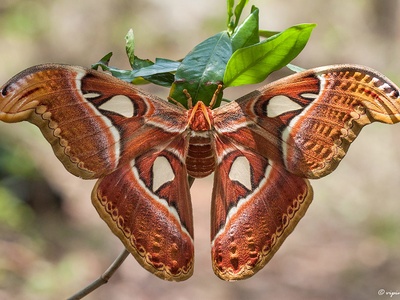
Atlas Moth
One of the largest moths in the world by wing surface area. As an adult, it has no mouthparts and lives only for a few days, with the sole purpose of reproducing. The tips of its wings are said to resemble a snake’s head to deter predators.
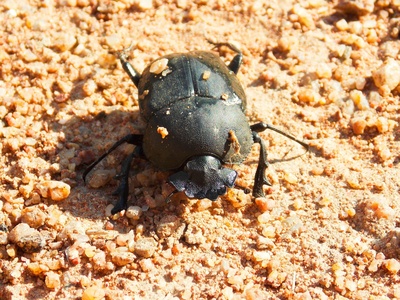
Japanese Rhinoceros Beetle
Known as ‘kabutomushi’ in Japan, this beetle is a popular pet and symbol of summer. Males have a large, forked horn which they use to fight rivals for mates and sap-rich feeding sites on trees, much like their namesake.
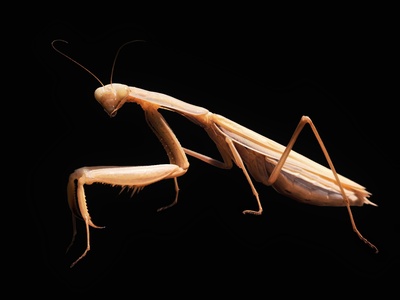
Praying Mantis
A famous insect predator known for its “praying” posture while waiting for prey. It is a master of camouflage, using its powerful, raptorial forelegs to snatch insects, spiders, and even small lizards that come within reach.
